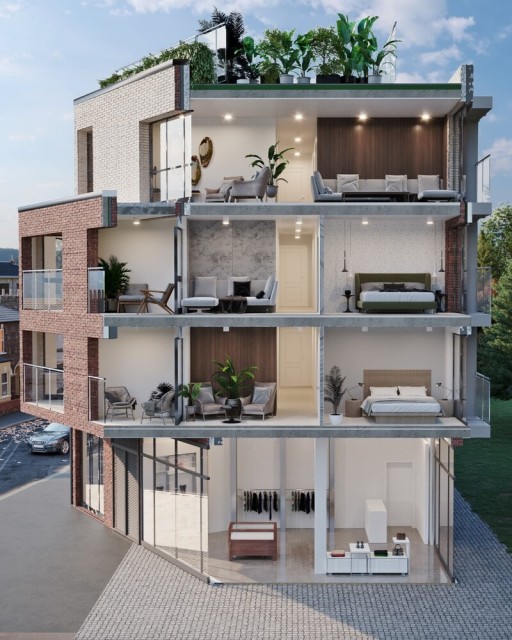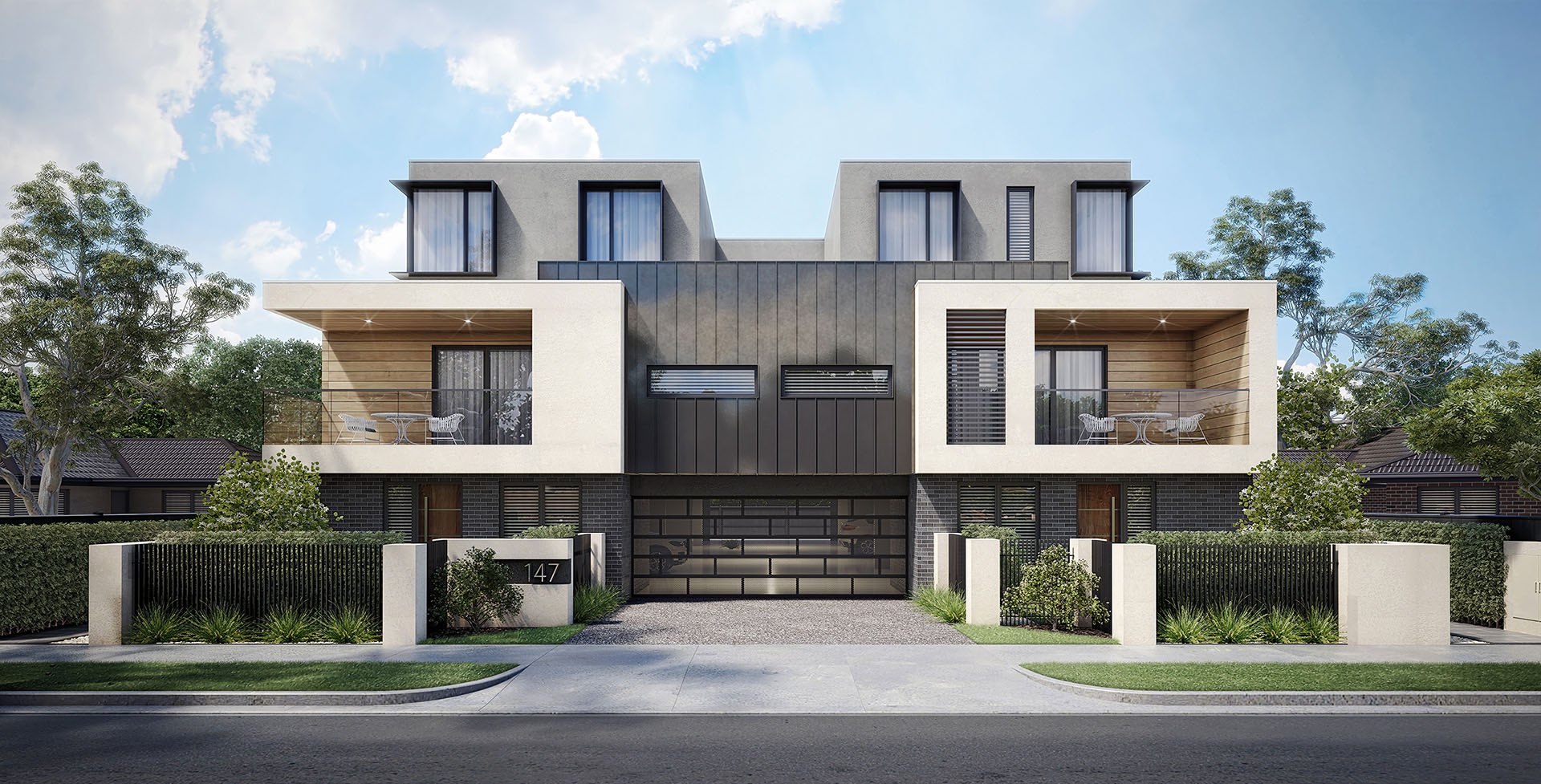Residential Interior Architect Services to Enhance Your Home’s Aesthetic and Functionality
Residential Interior Architect Services to Enhance Your Home’s Aesthetic and Functionality
Blog Article
How Residential Architects Produce Personalized Houses for Every Way Of Life
The procedure whereby household designers layout personalized homes is a nuanced interaction of comprehending customer demands and converting those understandings into practical space. Via comprehensive consultations and the use of style devices, architects catch the essence of their clients' way of lives, making sure that each home shows personal worths and aspirations. This collaborative strategy extends beyond preliminary concepts, incorporating cutting-edge technologies and sustainable practices to enhance daily living. As we explore the detailed actions included in this transformative procedure, a deeper appreciation for the architect's role in forming distinct settings begins to arise.
Understanding Client Needs

Efficient interaction is paramount in this process. Engineers need to motivate customers to verbalize their way of livings, family dynamics, and future goals, making certain that the design reflects their special identity. By utilizing tools such as questionnaires, interviews, and visual studies, designers can collect valuable understandings right into the customer's vision.
Moreover, comprehending the context in which a home will exist is important. Architects should consider aspects such as the site qualities, regional climate, and social influences that can influence the design. This holistic strategy allows for the development of rooms that are not just aesthetically pleasing however additionally sensible and lasting.
Ultimately, a deep understanding of customer requires enables architects to create personalized homes that boost the quality of life for their passengers, cultivating a feeling of belonging and convenience within their living settings.
Layout Process and Collaboration
The layout procedure in household design is a dynamic interaction of creativity and cooperation, where engineers, customers, and different stakeholders work closely to bring a vision to life. This iterative trip normally begins with a series of meetings to establish a comprehensive understanding of the customer's ambitions, choices, and way of living demands. Throughout these discussions, architects gather crucial info, enabling them to conceptualize layouts that line up with the customer's vision.
Complying with the preliminary assessments, the layout stage advances through sketches, 3D designs, and building makings. This visual interaction works as a tool for architects to present ideas, while likewise inviting client feedback, guaranteeing that the final layout reverberates with their expectations. Efficient collaboration with engineers, professionals, and indoor designers is important throughout this phase, as it makes certain that all functional elements of the project are seamlessly integrated.

Incorporating Lifestyle Components
Integrating way of living aspects right into property style is essential for producing rooms that genuinely reverberate with the inhabitants. residential architecture homes. This process starts with understanding the distinct requirements, choices, and everyday regimens of the property owners. Architects engage in comprehensive discussions to reveal how the specific or family members utilizes their area, whether for enjoyable guests, pursuing hobbies, or looking for quiet retreat
Once these insights are gathered, designers can tailor layout attributes that boost day-to-day experiences. Open flooring plans may be made for households that prioritize togetherness, while dedicated offices can be integrated for those that work from home. Exterior locations, such as patio areas or gardens, can be stressed for family members that take pleasure in outside activities or enjoyable.
Furthermore, flexibility is an essential consideration; multi-functional areas permit flexibility as lifestyles advance gradually. Customized storage space services can also be included to satisfy certain organization requirements, making certain that the home remains clutter-free and functional. Ultimately, by thoughtfully weaving way of life components right into the architectural textile, domestic engineers create personalized homes that not just meet aesthetic needs yet additionally considerably improve the high quality of life for their customers.
Sustainable and Smart Style
Smart and sustainable design increasingly plays an essential duty in domestic style, as home owners seek to reduce their ecological influence while improving their living experiences. Designers are now incorporating green materials, energy-efficient systems, and ingenious technologies to produce homes that not only meet aesthetic desires but additionally offer the planet.
Including renewable resource resources, such as solar panels and wind generators, permits property owners to harness natural deposits, significantly decreasing dependence on conventional power grids. Smart home technologies additionally improve sustainability by maximizing power use with automated systems that regulate cooling, heating, and lighting based on tenancy and choices.
Moreover, using sustainable building products-- like reclaimed timber, bamboo, and reused steel-- advertises a circular economic situation, reducing waste and source usage. Architects additionally highlight easy design principles, making sure homes are link oriented for optimum all-natural light and ventilation, therefore reducing the demand for fabricated cooling and heating.
In enhancement to ecological benefits, clever and sustainable style adds to the general comfort and health and wellness of locals. By prioritizing indoor air high quality and natural aspects, architects create areas that foster well-being, enabling homeowners to prosper attuned to their atmosphere.
Finalizing and Carrying Out Plans
Settling and applying plans is a critical phase in the property architecture process, where the vision of a customized home begins to emerge. This stage entails precise focus to detail, guaranteeing that every element of the layout is specifically verbalized and ready for building and construction. residential architecture homes. Designers team up very closely with clients to examine final strategies, attending to any last-minute modifications or worries, while making sure that all aspects line up with the homeowner's way of living requirements
When plans are settled, designers prepare comprehensive building documents, including in-depth illustrations and requirements that work as a plan for contractors. These special info files describe products, coatings, and installment techniques, providing quality for specialists and subcontractors. Additionally, securing necessary permits and sticking to regional building ordinance is essential, as it makes certain conformity and smooth job execution.
Effective interaction is essential throughout this stage. Regular updates and conversations with building contractors help to alleviate prospective issues prior to they arise. By fostering a joint environment, architects can guarantee that the execution lines up with the initial vision. Eventually, this essential phase transforms ideas right into truth, laying the structure for a home that shows the unique way of living and preferences of its occupants.
Verdict
In final thought, property engineers play a crucial duty in crafting tailored homes that provide to diverse way of livings. her response With careful understanding of customer requirements, collective design procedures, and the integration of lifestyle aspects, designers make sure that each home shows individual choices.
The process by which residential engineers design tailored homes is a nuanced interplay of comprehending client requirements and converting those insights into functional living rooms. Through detailed assessments and the use of style tools, architects capture the significance of their customers' way of lives, making certain that each home reflects personal worths and goals. Engineers ought to urge clients to express their lifestyles, household dynamics, and future aspirations, ensuring that the style shows their unique identity.The layout process in domestic style is a dynamic interplay of imagination and partnership, where designers, customers, and different stakeholders work carefully to bring a vision to life - residential architecture homes. Through thorough understanding of client needs, joint design processes, and the combination of way of life aspects, architects ensure that each home reflects specific choices
Report this page